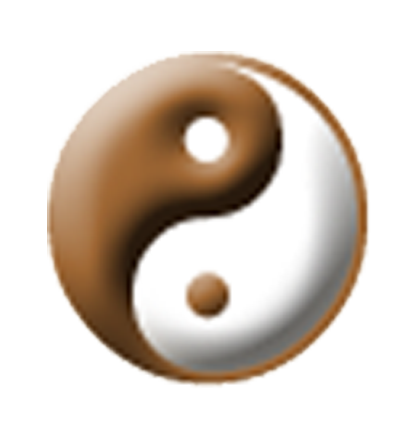Internal Martial Arts
The internal martial arts include a broad array of disciplines and techniques. Each has it’s own history, philosophy, uses, and practices. All martial arts have several fundamentals in common. The physical and mental discipline needed to develop more advanced skills starts with a clear understanding of these fundamentals. Placement, balance, the use of space, the use of the various muscles, application of weight, and use of force (both in movement and in application) must all be considered regardless of the art being learned.
Then, an understanding of the fundamentals for each system and each art must be developed. For the internal martial arts arts, there is an added emphasis on developing inner workmanship (nei gong).
We teach the arts from two main schools: Wudang and Shaolin.
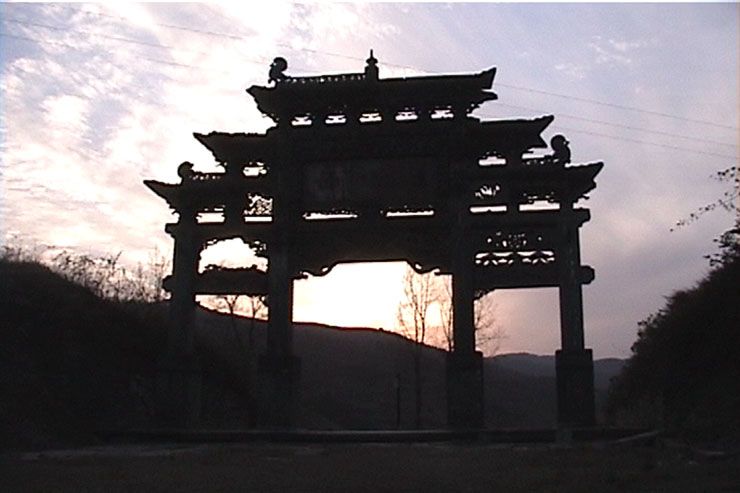
Wudang Martial Arts
The Wudang martial arts are an orthodox school of Chinese Gongfu. The main component of the Wudang martial arts is Wudang taijiquan. Wudang taijiquan has developed from its simple beginnings of five elements, eight methods, and thirteen postures into many different schools. Wudang taiji is named after the Wudang Mountains.
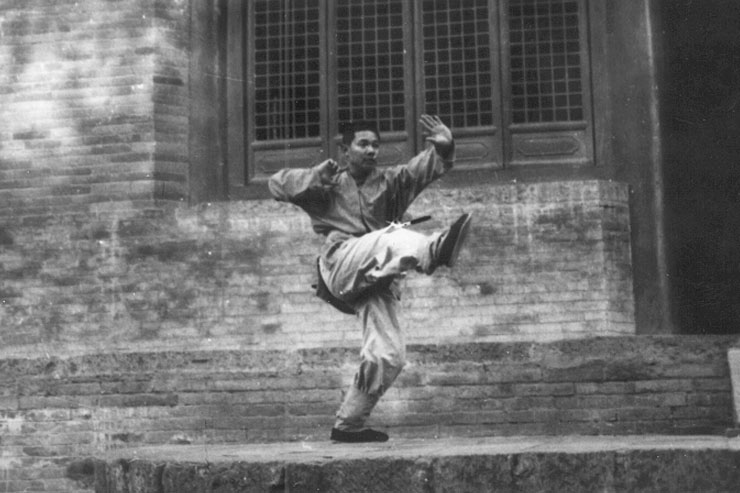
Shaolin Martial Arts
The martial arts from the Shaolin Temple in Henan are among the most famous in the world. The variety of the arts and the skills required for their practice are equally extensive. Martial arts basics include stance and resistance training. The “Lohan” school of Shaolin is said to be the oldest. In the history, it is said that Bohidarma brought Buddhism to China on a white horse. The White Horse Temple near Luoyang commemorates his journey. He was the first of many generations of Shaolin monks and began their long tradition of martial arts by teaching what is now called Lohan boxing.
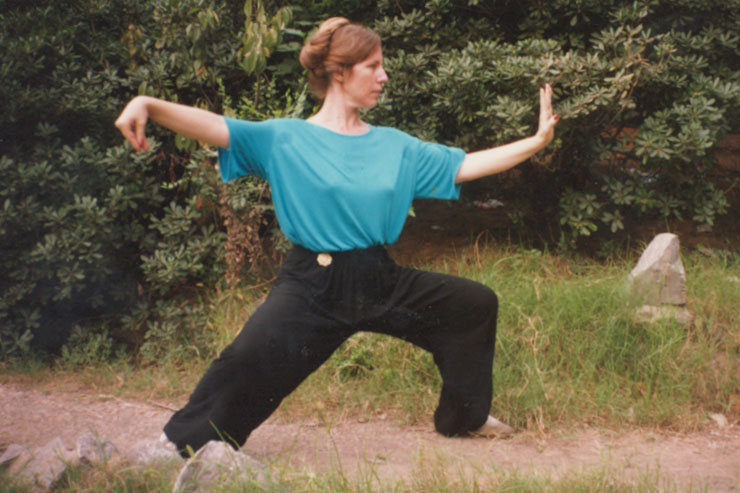
Taiji, Bagua, Xingyi
Traditionally, taiji, xingyi, and bagua (t’ai chi, hsing yi, pa kua) are called internal arts since they place great emphasis on internal workmanship and circulation of the qi (breath/energy). Bagua is distinct in it’s circle walking practice. Literally, bagua means “eight gua.” This is a reference to the eight trigrams which represent the four cardinal and four angular directions. In bagua practice, each of the palm changes corresponds to one of the eight directions. In contrast, Xingyi tends to take a more linear approach. Literally, xingyi means “form mind.”It’s practice methods include forms corresponding to the five elements and the twelve animals.
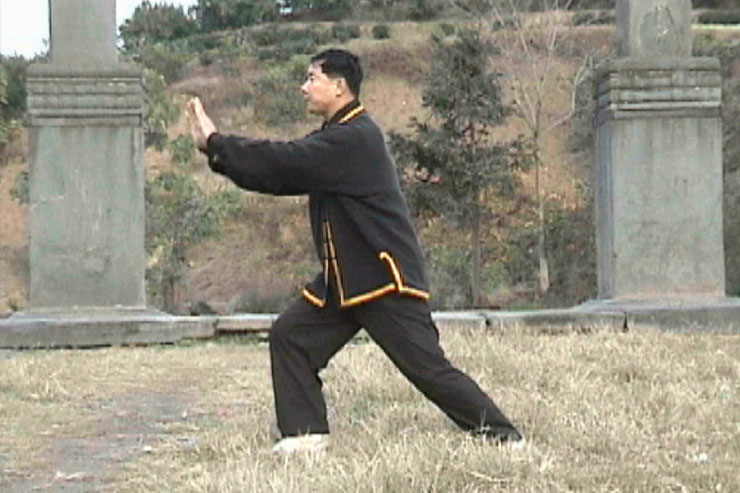
Qigong
Qigong (chi kung) practices are varied. They include hard and soft qigong, healing qigong, and general toning qigong. Wudang Qigong is an “earlier heaven” method based on traditional Chinese medicine (TCM) principles and teachings. Shaolin Lohan Qigong is designed to focus the breath and strengthen the body in preparation for other practices. It is one of the oldest qigong systems.
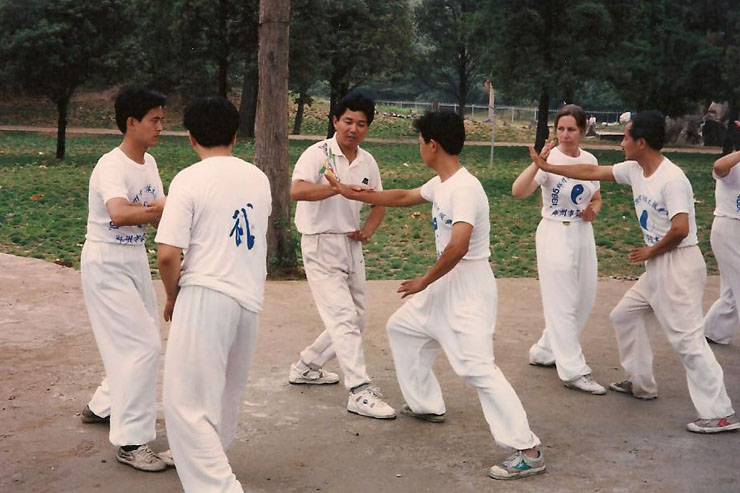
Push Hands, Fighting, and Trapping Methods
Push hands (tui shou) follows taiji principles in the interactions with opponents. Trapping methods (qin’na) and fighting techniques (san da) are somewhat independent of systemic definitions yet informed by whichever system the person practices. All of the systems we teach include interactive methods. Still, there are some arts which cannot be properly labeled as coming from one or another system. All styles of taiji have push hands methods; push hands is considered a fundamental practice. While a certain style may have it’s own special characteristics, all styles share certain fundamentals. Similarly, qin’na is a generic term. There are Shaolin qin’na methods; there are other qin’na methods as well. Prof. Liu is a specialist in Shaolin Qin’na.
